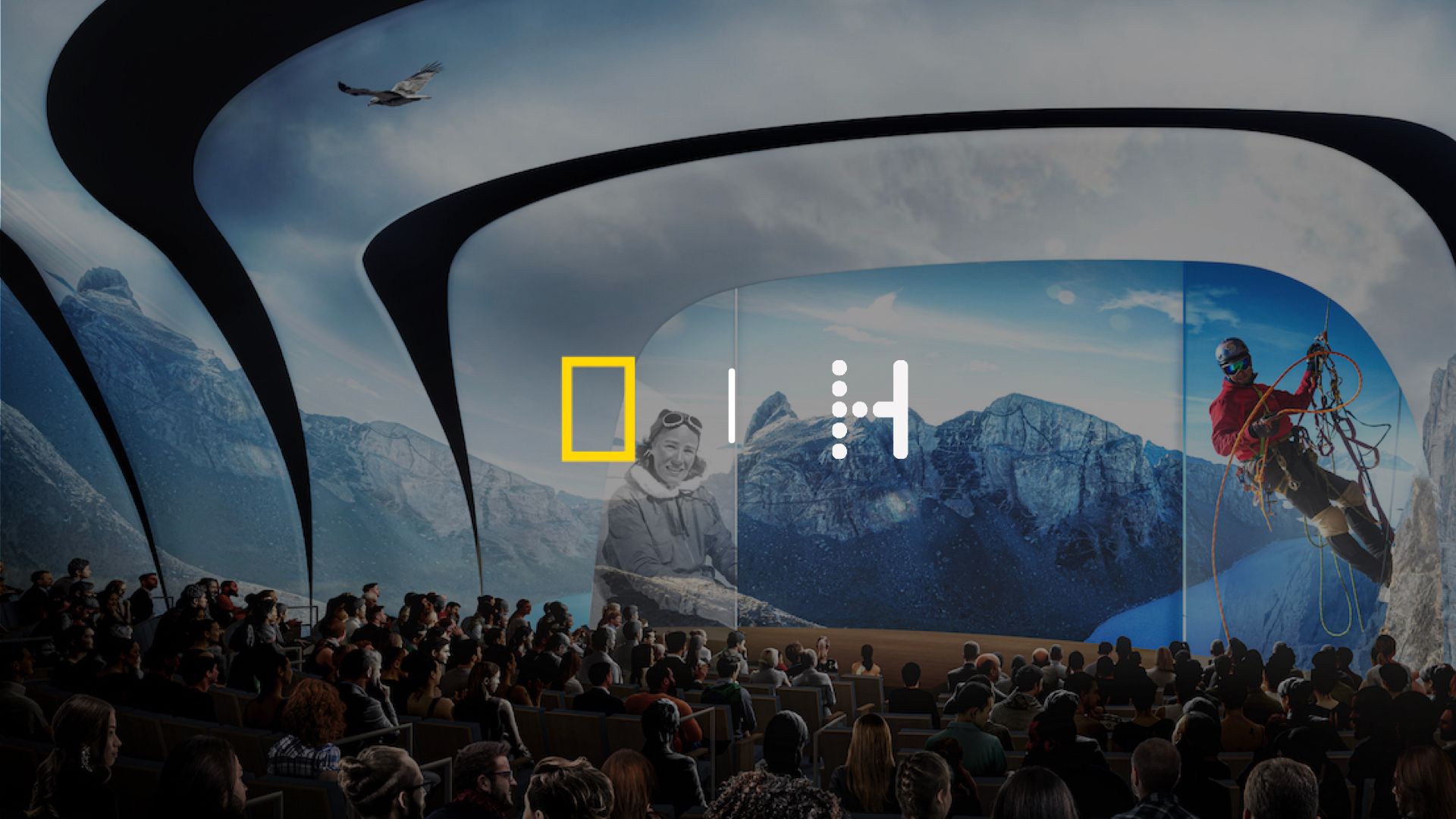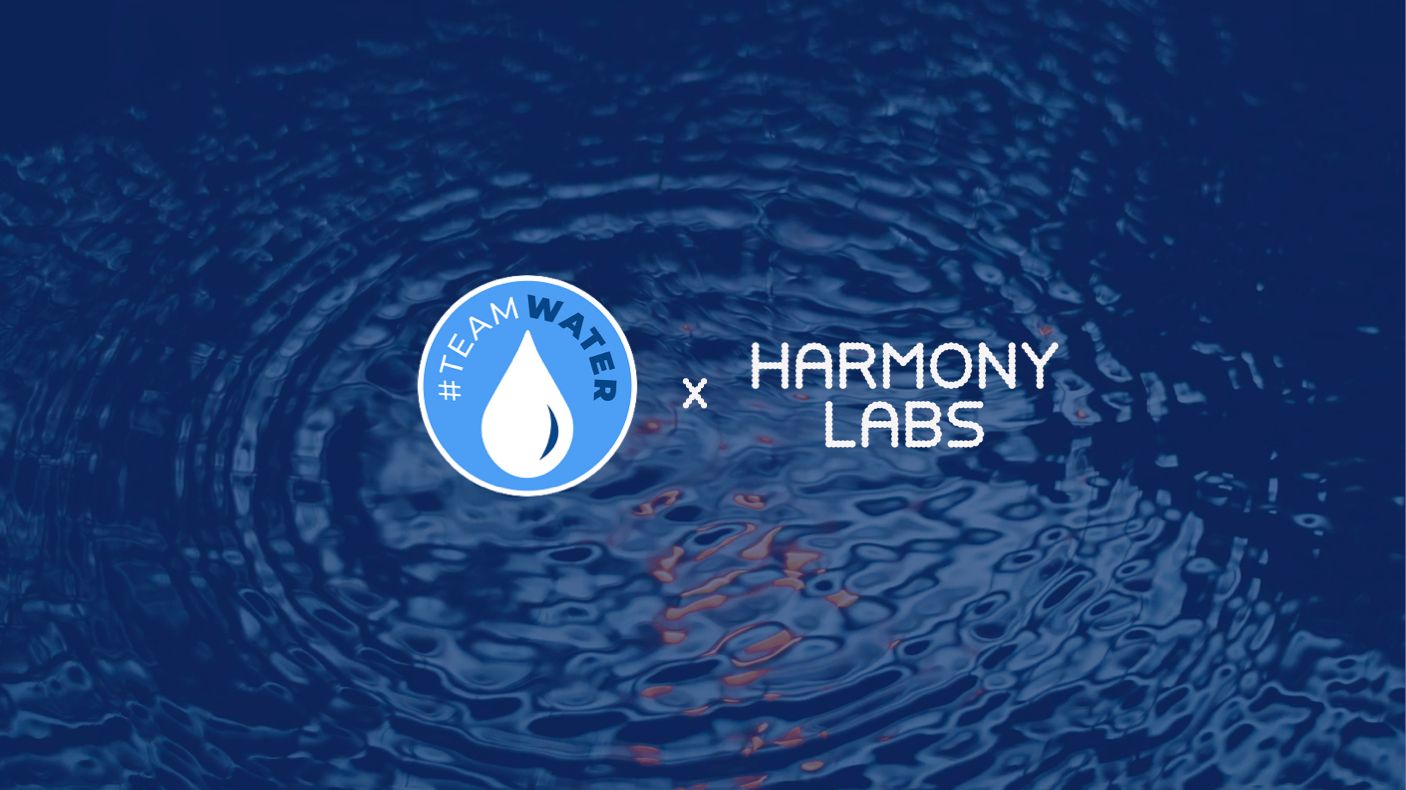Four Principles For Building Power in Media


2025-04-18
Exploration is intrinsically human— a force that propelled our ancestors across continents and now drives us toward distant planets and ocean depths. The quest for uncharted territories and knowledge has consistently expanded human capability. But can anyone be an explorer? Which groups have the biggest “exploration gap” with untapped potential? And how can the stories we tell inspire the next generation of explorers? National Geographic Society’s Impact Story Lab (ISL) partnered with Harmony Labs to address these questions, advancing their mission to use science, exploration, education, and storytelling to illuminate and protect the wonder of our world.
When envisioning an explorer, the collective imagination often defaults to the image of a man, usually white and older, from 15th century navigators to entrepreneurs, engineers and astronauts of the new Space Age. ISL has been using the power of storytelling to shift this traditional image into a more inclusive vision, one rooted in curiosity about the planet, care about people and the environment, and taking action to solve the world’s most pressing issues. In other words, ISL’s definition of explorers encompasses three dimensions—curiosity, empathy, and problem-solving.
As we immersed ourselves in the research, we discovered that people don’t see their own cultural identities, such as gender or race, as limiting their capacity to explore. Age, however, emerged as the true barrier—young people think they are too young to be explorers, while older people believe they are too old. Since depicting explorers with specific cultural identities would not lift the most significant barriers, we needed a more illuminating lens than demography to understand who ISL’s efforts should impact.
ISL’s definition of explorers encompasses three dimensions—curiosity, empathy, and problem-solving.
Through our values-based audience segmentation, we observed the unique flavors of exploration each audience engages with, illuminated by the exploration documentaries they watch.

Our survey data showed that this audience has the highest alignment with National Geographic’s definition of exploration, which makes sense given their values of care for the planet and others, and their interest in social and environmental problems and solutions. They engage with documentaries like How to Change Your Mind, where Michael Pollan investigates how psychedelic substances and practices can heal and expand minds and culture.
While they are on the left side of the audience map, meaning that they are more collectively oriented, Tough Cookies exhibit a particular type of empathy. They care about the collective, but in a narrow sense. It’s important to them to keep their families and communities safe, meaning they might not be moved by stories of far away places, but they are connected to the environment in how they live their domestic lives. They watch The Incredible Dr. Pol featuring veterinarian Dr. Jan Pol, who provides veterinary care to animals in rural Michigan.
This audience owns “classic” narrated nature documentary and is the most distinctively attracted to documentaries like Night on Earth, Our Planet, and Our Universe. These media satisfy their value of stimulation, through innovative camerawork and breakthrough visuals. But they are also curious about the people engaged in creative innovation—the artists, filmmakers, and music makers themselves. This is a new way of thinking about exploration: the focus is not on the scientist in front of the lens, but the creator behind it, as illustrated by Song Exploder, a show where the audience experiences an intimate conversation with an artist about their inspiration and creative process behind a song.
They are action-oriented and when they see something broken, they are motivated to fix it by taking matters into their own hands. So, differently from People Power who think about collective solutions, Don’t Tread on Me acts individually and takes responsibility for leading others. The explorers found in the media this audience engages with are generally male, rugged, facing dangers, and highly competitive, as seen in Wicked Tuna, in which a salty and competitive bunch of New Englanders, battle the elements and each other to land prized bluefin tuna.
“Achievement” is their core value, which means not just competing, but battling and coming out on top. Since they embody an “eat or be eaten” type of curiosity, they show respect for the natural world, and espouse qualities of stewardship and conservation. Story arcs often come to resolution through resourcefulness and the display of physical strength, with danger being the key element driving this audience’s exploration appetite. They watch Wild Croc Territory featuring croc wrangler Matt Wright as he captures and relocates crocodiles in Australia’s wild Outback.
This is a new way of thinking about exploration: the focus is not on the scientist in front of the lens, but the creator behind it.
Understanding audience values can reveal unexpected opportunities to connect with new audiences, with content that not only entertains, but that also moves them to embody the explorer mindset to help solve the worlds' most pressing problems, each with their unique flavor of exploration and skill sets. To do so, ISL is embarking on a journey to become audience explorers themselves by:
ISL is nurturing an internal drive to stretch themselves to tell different stories in different ways. They are getting curious about novel story elements, formats, sound, and camerawork, editing, and other techniques that support connection with new audiences not yet engaged by their content.
Going beyond demographics and spending time understanding audience values by immersing oneself in their media worlds is essential. Bring their perspectives into the creative process by including audience members on your team and by developing detailed personas. By building a deep empathy for them, you can create content that feels relevant, and personally resonant.
Developing a research framework informs and optimizes the entire media development lifecycle. By integrating research at many decision points, ISL can systematically test assumptions, evaluate alternatives, and leverage data to produce better media, ensuring it continues to innovate and achieve its mission through bold and impactful initiatives.
Insights from our collaborative sessions together are already informing their storytelling approach, such as adopting an animated graphic novel aesthetic to connect with more imaginative audiences and move them toward more empathy for people and planet. Several ISL team members noted the value of this partnership and its impact on ISL’s outputs:
“It really helps you narrow your focus of what your audience values and how to connect to them when making creative decisions in the storytelling process. Helps you think outside the box and push boundaries.”
“I think this workshop and process is valuable, regardless of industry. We’re using it on the mission-driven non-profit side, but I think commercial production would be a great candidate, to help target specific audiences.”
“We will do more brainstorming and research up front about who our audience is, what they value, and what we can do during the development in order to reach them in the best way. We will try new things and see if they make our media more effective.”
If you’re curious about how you can use audience and media research to take more risks in the types of stories you tell, get in touch.



